Peperomia magnoliafolia, plant characteristics, growing secrets
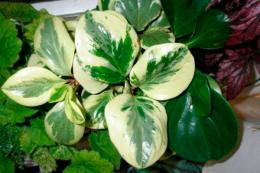
Peperomia is a plant with interesting and varied leaf shapes. Despite its unpretentiousness, it is a rather rare guest in houses and apartments. In fact, caring for it is quite simple.
One of the most popular and elegant varieties is peperomia magnolia folia. What is its peculiarity and attractiveness and how to properly care for it?
Content:
- Description and features
- What is the benefit
- Basics of care
- How to transplant
- Diseases and pests - how to fight
- Reproduction methods
Description and features
Peperomia flower belongs to the family Pepper. Natural habitat is tropical South America. The plant is available in different varieties. About 30 subspecies are grown indoors. Each specimen has its own characteristics and unique appearance. There are erect representatives, ampelous or bushy. The leaves vary in shape, color and size.
Some varieties bloom periodically. However, in most cases, the attractive point is the extraordinary appearance and variety of shapes.
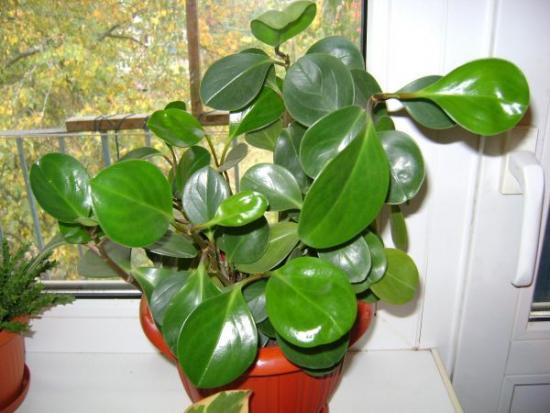
Peperomia magnoliafolia – perennial with elastic massive leaves that resemble magnolia in shape. Color varies from light green to brownish-green and may have spots, borders, stripes and inclusions.
The flower is a neat compact bush, reaching 30 cm in height. Its stems are dense and fleshy. Even in the natural environment, it reaches a length of no more than 50 cm. This is due to the fact that all forces and nutrients are aimed at the formation of massive shoots.
The leaves are smooth and shiny, round or slightly elongated, each about 5 cm in diameter. They are covered with a waxy coating on top.
Bloom Paperomia magnoliafolia is completely unattractive and occurs at the beginning of summer. Externally, the inflorescences resemble small, inconspicuous spikelets of plantain.
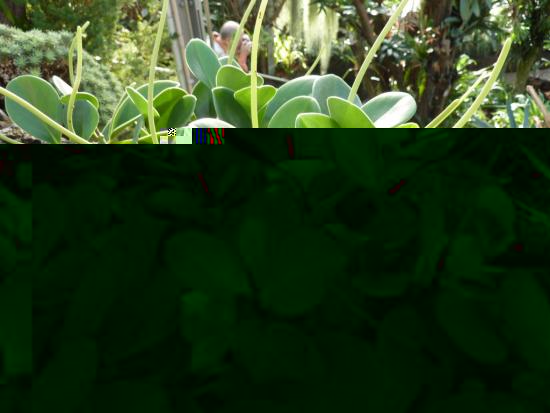
In its homeland, the plant lives for several years. The same lifespan at home, subject to proper care requirements. The flower is heat-loving and when the temperature drops below 10 °C in the natural environment it dies in the first year.
Peperomia looks great in any interior. It also goes well with other indoor plants.
What is the benefit
The peperomia bush is popularly known as a “friendly” plant. It is believed that the flower has positive energy and has a beneficial effect on the atmosphere in the house. After settling the plant, people note good omens.
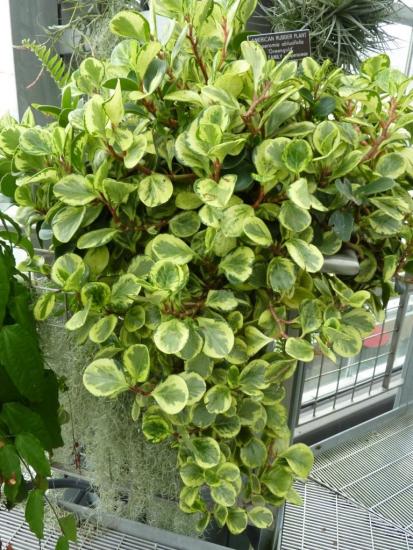
If you have a streak of bad luck in your life, choose a flower with striped leaves. A positive aura will help you overcome difficulties and bring brighter days closer.
It is recommended to give it to people with conflicts, with a contradictory rebellious character. It will help you reconcile with others and bring friendliness and peace into your home environment. Peperomia is so cute and extraordinary that seeing it involuntarily improves your mood.
Helps cleanse and maintain the positive biofield of the home, smoothes out negative influences and emotions, and sets household members in a positive mood and good mood. Bush, growing in the office, helps to establish friendly relations in the team.
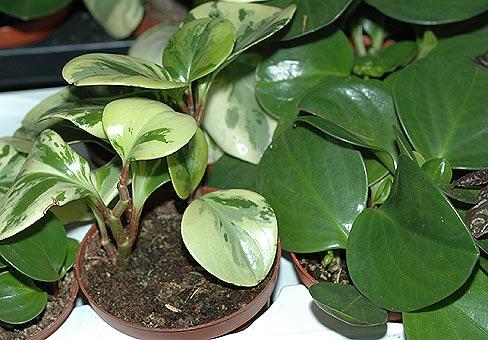
Peperomia improves the air not only at the energy level. The plant secretes phytoncides, which help humidify the air and fight pathogens. It is recommended to place it in rooms where children live. They are most prone to colds. The flower cleanses the room of formaldehyde and other toxic substances.
Peperomia is also believed to prevent the development of diseases. It has a beneficial effect on the digestive system and gall bladder.
Basics of care
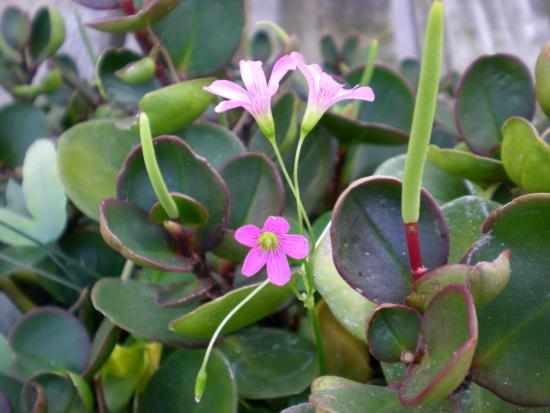
Caring for peperomia magnolia folia is quite simple. If you put in a little effort, the flower will delight you with its freshness and beautiful appearance.
Lighting
Lighting requirements vary depending on color. Specimens with dark leaves tolerate shade well. Variegated and light green plants need more light. The ideal option is indoor lighting. It is better to place the pot some distance from the window. Peperomia should be protected from direct sunlight. With an excessive lack of light, the plant fades and loses its brightness, and can also stretch out.
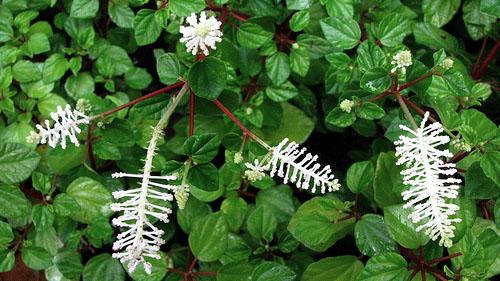
Temperature
The plant is heat-loving, feels great at 20-24 C. But it should be protected from drafts and temperature changes. Otherwise, he will react with illness. It does not have a pronounced rest period.
Watering
Peperomia is a plant that is more likely to withstand a lack of moisture than its excess.The shoots contain a large amount of water, which is used when the need arises.
The most dangerous situation is wet soil at low indoor temperatures. Under such conditions, the root system may rot. Intensity glaze needs to be regulated from moderate in summer to sparse in winter. It is advisable to take water that has been settled and slightly heated.
Indoor humidity
Humidity control will only be required during the heating season. The rest of the time there are no special requirements for this parameter. Spraying is used for moisturizing. To increase humidity, you can place a container of water near the battery.
Top dressing
There is no particular need for frequent fertilization. Feed primer should be applied no more than 1-2 times a month. Half the standard dosage should be used. Fertilizing is carried out only in the warm season.
Trimming
Pruning plants are carried out to form a lush shape. If the flower has dropped its lower leaves, pinch off the top as well.
In practice, maintaining peperomia is not at all complicated. Don't forget to pay attention to its roots after purchasing. If they are not visible from the holes at the bottom, it is too early to transplant the flower into a new container.
How to transplant
If the peperomia loses its appearance and stops growing, check to see if the pot has become too cramped. Perhaps it's time to think about transplantation.
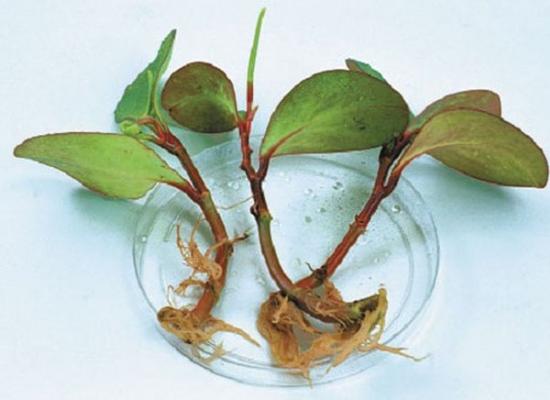
Despite the powerful shoots, the roots of peperomia are short and weak. Therefore, flower growers advise using a shallow container with a solid drainage layer (4-6 cm) for planting.
Transplantation is carried out no more often than once every 2 years. It is best to do this in the spring. The old flower is replanted only when the roots begin to appear from the drainage hole.
As a primer, you can purchase a ready-made substrate for exotic plants. If you want to make the mixture yourself, include the following ingredients: turf and garden soil, humus, peat and coarse sand. Ratio 2:2:2:1:1. Instead of sand, perlite is suitable. It is very important that the soil is loose. Roots easily rot in compacted soil.
The container is chosen 3 cm larger than the previous one. There must be holes for drainage. The pot should not be too spacious. The flower does not feel well in large containers.
Reproduction methods
There are several methods of reproduction.
Cuttings
The most common and effective method of flower propagation. Cut off the top of the shoots with several nodes, and then root stalk. To ensure that the root appears as quickly as possible, you can use the biostimulator “Kornevin”. For rooting, take a sand-turf mixture.
It is best to plant the cuttings in a greenhouse container, which will help maintain humidity at the required level. At this stage, the room temperature should be 23-25 C. In the cold, the cuttings easily rot. After the root system begins to develop, transplant it into a small pot.
As for the plant Paperomia magnoliafolia, reproduction leaf is also practiced. However, this method does not always give a positive result. Leaves of flowers with a dense texture take root well.
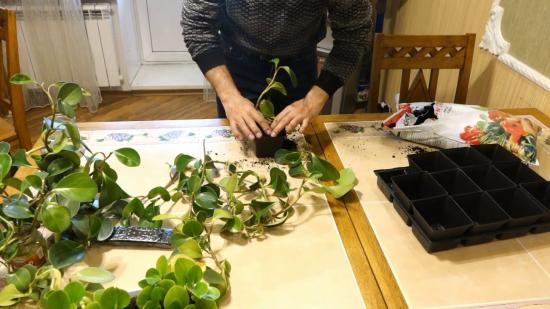
Dividing the bush
When the bush becomes large enough, it can be divide into two parts, carefully separating the roots. Before transplanting, the roots should be disinfected. To do this, they are dipped in crushed charcoal or ash. After planting, do not water for the first week.
Sowing seeds
For beginners, propagating paperomia is quite a task. The seeds are very small, and creating suitable conditions for germination is not easy.
For planting, take a small container. We use a sand-earth mixture as soil. Place the seeds shallowly in the soil. The container is moistened and covered with glass. In a room where germinate seeds, it should be warm all the time.
In addition, the container should be placed in a bright place. Avoid direct sunlight. The plant is transplanted into the pot after several leaves appear.
Diseases and pests - how to fight
Peperomia can be affected by some illnesses and pests. To eliminate the problem in time, periodically monitor the condition of the plant. Parasites and symptoms of infection may be as follows.
Spider mite
Its presence is indicated by the appearance of a white fibrous coating. First of all, the plant is carefully washed with warm water. After this, they are treated with an insecticide.
Trips
Pests drink the juice from the leaves, after which they become covered with dry spots. They lay larvae on the reverse side. If a problem is detected, the leaves are washed with soapy water. For processing, you need to purchase a special preparation in the flower department.
Mealybug
This pest is the least common. Infection is indicated by the appearance of small white insects on the shoots. To combat, treatment with an alcohol solution is used.
The following problems and diseases may also occur:
- Root rot can occur due to a fungal infection. The reason is excessive watering or dense soil. Such a plant must be transplanted into fresh, loose soil.
- Blackening leaves occurs after a sharp drop in temperature in the room. Make sure that in the room where the flower is located there are no strong fluctuations in the thermometer readings.
- If there is a severe lack of moisture, the leaves begin to fall off. This can happen during the heating season if the flower is standing near the radiator. Change location and adjust watering.
- Curling and wrinkling of leaves is the result of direct sunlight. Provide diffused light.
Most peperomia diseases are associated with non-compliance with maintenance conditions. Therefore, the first thing you need to do is adjust the basic parameters.
Peperomia has amazing decorative qualities. In addition, the flower has a positive effect on the energy of the house and disinfects the air.
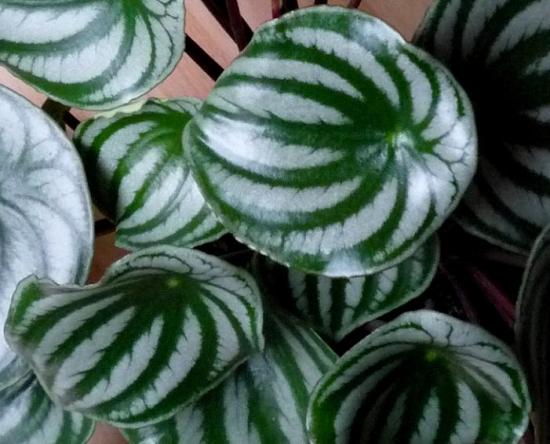
In order for the plant to please the owner with freshness and neatness, it is necessary to create favorable conditions. Peperomia grows well in apartments and perfectly complements the home interior.
Learn more about Peperomia and its cultivation in the video:

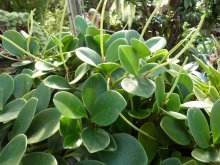
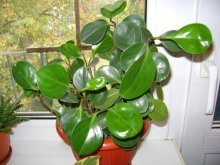
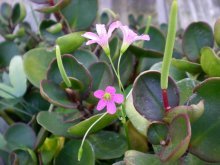
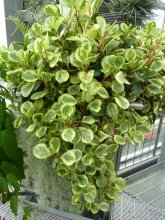

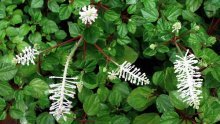
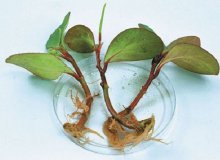
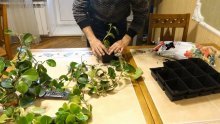
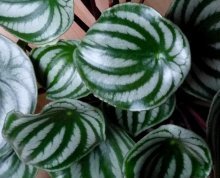

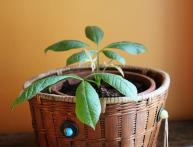
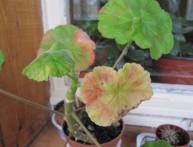


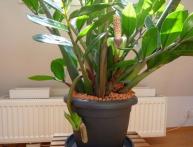
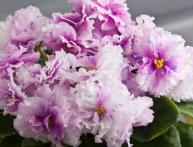
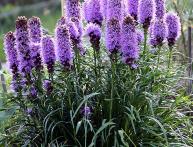
Comments
We have Peperomia rigidifolia growing in our apartment. I really like it because it requires a minimum of care and is quite unpretentious. It grows as vines, so we decided not to trim it, but to make a living wall along the window slope using clips.